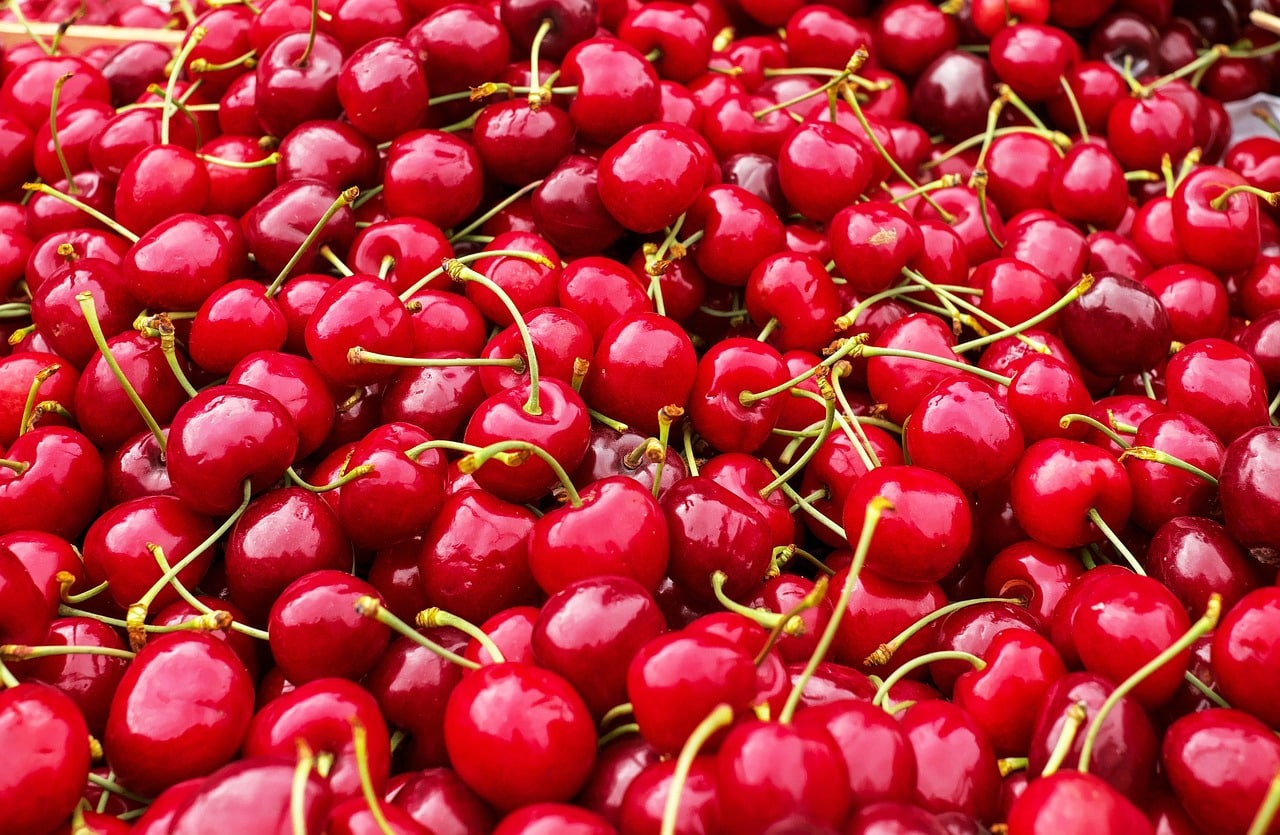The move to UPOV ’91 has been a game-changer for breeders in the horticulture space.
Since 1936, Agriculture and Agri-Food Canada (AAFC) has operated a successful sweet cherry breeding program in British Columbia, amassing a valuable germplasm collection. This program has produced AAFC sweet cherry varieties that are now grown worldwide, with Summerland Varieties Corp. (SVC), owned by the British Columbia Fruit Growers’ Association, facilitating their evaluation and commercialization.
Erin Wallich, in her role as an intellectual property manager, helps to safeguard and commercialize the plant varieties managed by SVC. Wallich’s role is crucial in ensuring that the fruits of decades-long breeding efforts receive the protection they deserve.
SVC plans to introduce new sweet cherry varieties under UPOV 91, capitalizing on amendments to Canada’s Plant Breeders’ Rights Act made in 2015, which is seen as a boon to the B.C. cherry industry. The collaboration between AAFC and SVC aims to release sweet cherry varieties spanning the early to late season, catering to market demands, according to Wallich.
“The extension of rights to 25 years under UPOV 91 greatly benefits sweet cherry breeders and growers, considering that it takes more than 30 years to develop, evaluate and commercialize new cherry varieties,” Wallich says.
After PBR is granted, it takes another six years before the newly planted cherry varieties yield fruit, allowing for a sustained IP royalty flow.
“Although the new, more comprehensive breeder’s rights provisions under UPOV 91 encompasses the full spectrum of PBR rights, extending protection for fruit trees to 30 years would be welcomed in the sweet cherry sector. Long periods of PBR protection are important for cherry breeders because royalty returns will not reach a maximum more than 20 to 25 years after the start of PBR protection.’”

A significant legislative change under UPOV 91 Is the inclusion of essentially derived varieties (EDVs), which further enhances IP protection. This benefits breeders, especially as new breeding technologies emerge, by better defining EDVs and safeguarding breeders’ investments.
EDVs represent a category of plant varieties that can be created through new breeding technologies. EDVs are derived from existing protected varieties, yet the extent of derivation is often a subject of debate. Wallich’s involvement in this contentious issue arose from a specific circumstance where various plant breeding associations around the globe sought to alter the explanatory notes related to EDVs. They aimed for a clearer and more precise definition to prevent ambiguity.
“They wanted it to a very black-and-white description of what an EDV is. Historically, it’s just been too nuanced for their comfort level,” she says.
In essence, the debate centres on whether minor or substantial changes to an initial protected variety should count as an EDV. The lack of a clear definition can lead to legal disputes, costly battles, and uncertainty in the plant breeding industry.
Wallich emphasizes the importance of clarity in plant breeding laws, especially in a world where new breeding technologies offer rapid advancements. These technologies allow breeders to create disease-resistant and climate-resilient varieties, essential in a changing environment. However, Wallich points out that it is vital to strike a balance that allows breeders to protect their investments in conventional breeding programs while allowing for the obvious benefits of adopting the newest breeding tools.
The argument against stringent EDV definitions often revolves around fostering innovation, particularly for small startups. However, Wallich stresses that the absence of clear guidelines can lead to costly legal battles and uncertainty for both traditional and technology-driven breeders. A lack of clarity may ultimately hinder progress instead of fostering innovation.
However, the debate around EDV definitions remains nuanced, Wallich notes.
“Clear guidelines are essential to prevent costly legal disputes and uncertainty while promoting innovation. Balancing protection and fostering innovation is crucial, especially in a rapidly advancing breeding landscape.”
SVC’s global footprint underscores the global impact of this debate. Maintaining robust PBR laws is a common interest among breeders worldwide, regardless of breeding techniques.











